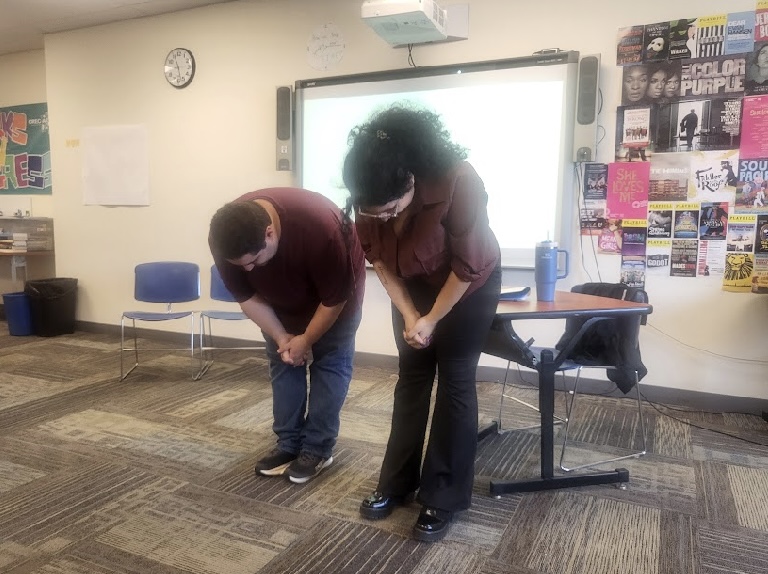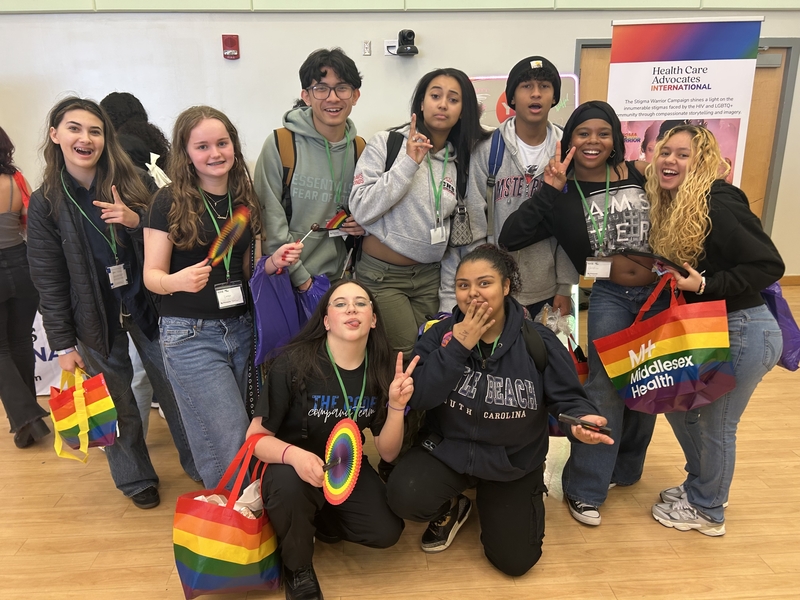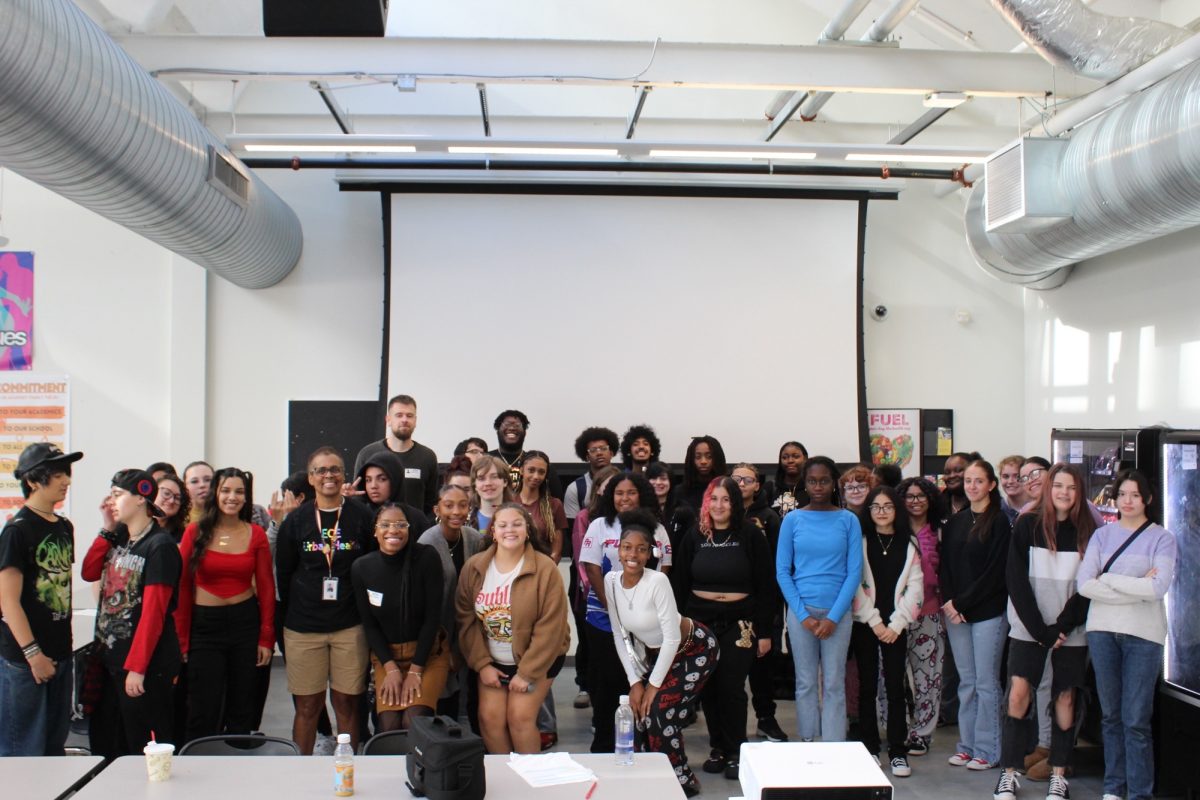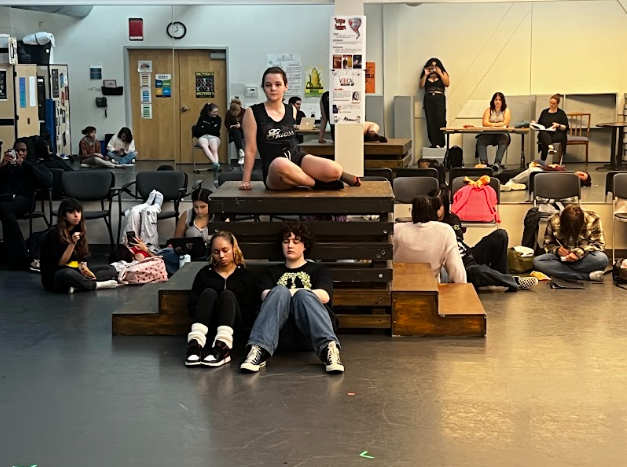This morning, I discovered a new filter on TikTok, though it was more of a game: the tiktoker could rank all the ways they engage with TikTok, favorite to least favorite, one through ten. Reposts, likes, effects, filters, sounds, favorites, shares, comments, follows, stories. Their differences are miniscule, yet new engagement methods are still being concocted in laboratories and boardrooms, not at all distinct from what we already have. They will go viral. They will consume the lives of toddlers, teenagers, and adults alike: anyone who was vulnerable or curious enough to take the first hit of the drug years ago. The newest trend will be brought up in classrooms, workplaces, and homes. We will eat meals with our phones in front of us, drive with TikTok on auto-scroll, follow them mindlessly into the street and get run over. A teenage girl loves her phone, says early 2000s television, she can’t live without it. Well, look who we’ve all become.
With our phones to guide us, we need not look away. But all we have to do is look away.
A phone is a jail cell with an unlocked door. All we have to do is leave. But then, what do we have? Nothing. Everything. The answer doesn’t matter, only our fear of it. We know nothing else but our cot and metal toilet, our meager trays of mush that we call content. Being free is clearly the better choice, but if all the prisoner knows is his cell, why would he ever leave? A phone is a jail cell, and the jail cell is our own mind. “Brain Rot” was Oxford Dictionary’s word of the year in 2024. The phenomenon of shortened attention spans, illiteracy, and social ineptitude became so widespread that a term was not only created to describe it, but was added to the Oxford Dictionary. A word that literally means your brain is deteriorating should not have a comedic connotation, but it does.
It’s not just the phones. This has been in the works for decades. Television news touches on nothing you care about in a way that you do. 8 minute segments, some shorter, none longer, have wasted away attention spans before social media was even conceived (Postman 105). Tune in every night, in one ear and out the other, unless your coworker brings it up the next day. Then you two remember that story, and that story alone. Or you remember the inconsequential detail that the firefighters didn’t knock the door down, because oddness catches your attention, and you forget who was responsible for the stock market crash (NBC30 3:11).
About the infamous photos of the torture that occurred in Abu Ghraib, Susan Sontag writes, “Apparently it took the photographs to get their attention, when it became clear they could not be suppressed; it was the photographs that made all this ‘real’ to Bush and his associates. Up to then, there had only been words, which are easier to cover up in our age of infinite digital self-reproduction and self-dissemination, and so much easier to forget” (3). While this quote may at first seem to be advocating for the dissemination of visual media because it forces world leaders to stop ignoring important issues, the word “real” being in quotation marks is worth a deeper look. The torture was not real to the president until he saw photos of it going viral. In 2004, before iPhones, our society just toeing the waters of this new form of media that now consumes us, it was still social media – a primitive form of it – that made something real. It is essential to use the word “real,” because although it is referring to bringing attention to a subject, in our eyes, in President Bush’s eyes, nothing is real until it’s on social media.
What is news? News is nothing. As much as everything else is. News is nothing until a movement takes the spotlight, because what is a movement if not a trend? Social media makes social issues real, but we still favor junk. If a video isn’t entertaining, and you’re just a swipe away from one that is, would you stay? The Black Lives Matter movement boomed in 2020 because of videos that were disseminated online. When social media gets its hands on something, “real” and “performative” coexist. No one participates in trends for their own benefit; they participate to show that they’re part of the in-group. Therefore, the average person doesn’t care about what the news has to say. They just pretend to, because it’s perceived as the right thing to do. News has to change to fit into our current dominant medium of discourse (Postman 7-10). Because of phones, news has become a trend.
Even those who grew up in the age of television can’t escape this overreliance, this addiction. When news was primarily viewed on TV, it had dignity. At least, more than it does now. Still, it was just one click of the remote away from another channel, 30 minutes away from a sitcom. In the age of television, there was still no pure news, only news accompanied by entertainment. TV news primed the minds of our older generations to be equally as distracted by social media as teens. We can say we learn from these apps, but that’s not what they’re built for, and we know that. They are designed to perpetuate brain rot. If you’re addicted, you keep watching. If you’re afraid of the outside world, you stay loyal. Your phone will protect you. Your phone will guide you, child.
How far back in time do we have to go to lose our tail? Is print news corrupted, too? The front page of the October 4th, 2024 issue of the New York Times includes eight different font styles, five pictures, and twelve one-line summaries.

The fonts caught my eye the second I picked up the issue. This is intentional. The unmoving headlines fight for your attention the same way pop-up advertisements do. Five pictures, because a block of text is unreadable, even a block of text that describes what’s going on in the world we live in. Without the pictures, why read it? It’s not like the information is important or anything. The one-line summaries exemplify our value of conciseness above all; additionally, the title “Garth Brooks Accused of Rape” sits merely two columns away from “New ‘Joker’ is Awfully Serious” (Sisario A16, Dargis C1). The title of the latter is humorous, but it’s not the real title of the article. Next to such serious topics, it’s nothing if not distasteful to liven up the headline, but that’s their strategy to keep you entertained. Of course, in the age of typography, these details would mean nothing. They would not harm you in any way. It’s only their direct comparisons to modern-day equivalents in TV and internet news that makes them alarming.
It’s the natural progression of news to become faster and more entertaining with each new form of media. The original print news containing cartoon strips and crosswords grew into commercials and television series scattered in TV news, and then into amusing videos that now overwhelm the news.
With our phones to guide us, we need not look away. But all we have to do is look away.
It’s not phones that are the issue, per se: it’s the enmeshment we have with them. How do we disentangle?
The first step: don’t use AI. Using artificial intelligence weakens your own. Each new invention is worse for your mind and mental health. Go backwards, not forwards. Disconnect. That leads into step two: limit social media use. Social media is the real villain. Having a reality that is based on the curated for you page an app shows you is unhealthy. You don’t have to cut it out entirely, but limit it enough to make you live in the real world, not online. Cut your screen time in half, then in half again. Read the newspaper for your news. Listen to music on the radio. Watch movies and shows for entertainment. You can have these things, just not on social media. When they’re on social media, you get addicted, and your brain starts to rot, because that’s what the algorithm is designed to do.
Wake up. Put the phone down.





























